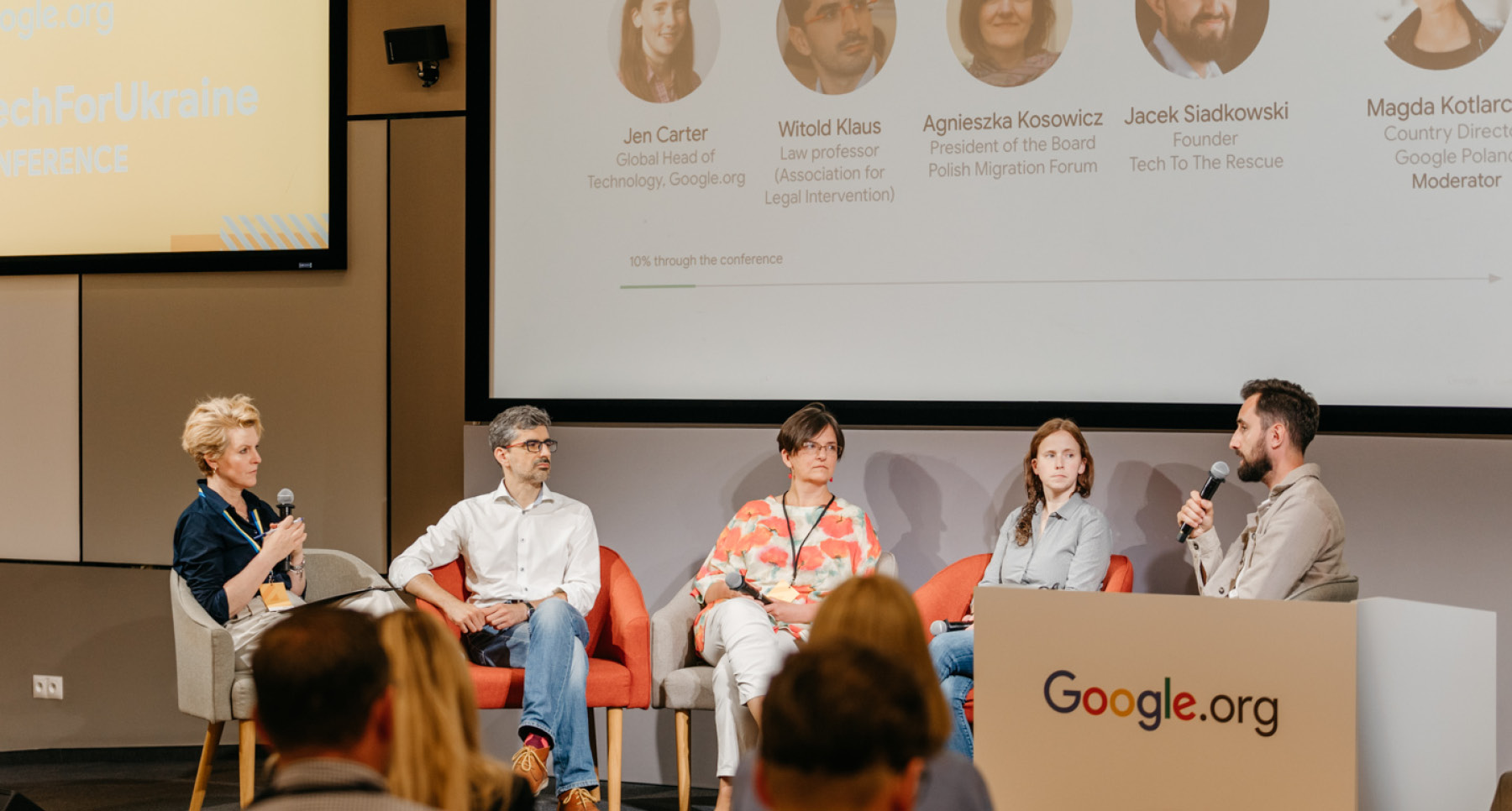Language
You can read the magazine in one of the following languages
Technology is shaping our future at an increasingly rapid rate, and companies that can afford to be at the cutting edge of new tech will reap the rewards.
But for social enterprises and not-for-profits, growth becomes more of a challenge. This is why Jacek Siadkowski is hoping to make pro bono work a normal part of tech company culture with Tech To The Rescue.
“It’s undeniable that technology is changing the world, but technology development is steered mostly by the rules of capitalism. The attention goes where the money is,” he says.
“We think it’s important to be a counterforce to help direct talent to the problems which don’t have a lot of commercial potential but could positively impact millions of people,” he says. “I am a social activist in my soul. I always wanted to impact the world politically; I wanted to do it at scale.”
For a decade, Siadkowski ran his own digital agency, mostly working with not-for-profits companies and helping them build apps, websites and different digital platforms to reach more people and increase their impact.
After seeing the emergency response from the tech industry offering help during the early days of the COVID-19 pandemic, Siadkowski cemented his long-term approach to the problem, and Tech To The Rescue was born.
The organization aims to ensure future technology resources are commonly available to changemakers.
“We believe that not-for-profits find it difficult to keep up with digital transformation because everything is advancing so fast and they often don’t have the financial resources,” Siadkowski explains.

“Technology gives us a means to reach more people, to offer them greater service, to better optimize how we use resources.”
“We would like to help those changemakers solve problems faster using technology. Technology gives us a means to reach more people, to offer them greater service, to better optimize how we use resources.”
Tech To The Rescue seems to be resonating within the technology space. In just two years, it has attracted 1,200 companies from more than 60 countries to its community, and it plans to increase those numbers by 300 percent annually.
“It’s the biggest community of its kind in the world,” Siadkowski enthuses. “We are growing quickly, but there are hundreds of thousands of digital agencies in the world, so our job is not done. We hope to involve at least 50,000 or more.”

Ideally, Siadkowski would like the concept of pro bono work for social impact organizations to be the norm, just as pro bono work is an intrinsic part in the legal world now.
As well as exposing tech firms to different challenges and a changemaker way of thinking, he says employees engaged with the arrangement often find it incredibly rewarding and motivating.
“Many people working in the IT industry are very creative. They are builders and sometimes the work they end up doing in a company is pretty boring,” he says. “They would like to unleash their creativity, learn something new, but within the company there are not many opportunities.
“Most of the people engaged in this project are super happy because it’s an opportunity to do something with purpose, to learn new skills, to work with people from other parts of the world. It’s exciting and feels impactful.”
Working with Ashoka as one of its Fellows has not only helped grow Tech To The Rescue, but also allowed Siadkowski to clearly understand what he was looking to create in the first place.
“I was running my previous company, which was using digital technologies to help not-for-profits build more engaging services for the beneficiaries,” he explains.

“Many people working in the IT industry are very creative.”
He felt there was more he could do but needed to pinpoint the problem he was hoping to solve and the framework which would allow him to do it. Working with Ashoka helped provide that clarity.
“Ashoka Poland was one of the first entities to believe in the Tech To The Rescue idea. They are one of the founders of the whole initiative. And now, Ashoka Global has become a strategic partner for Tech To The Rescue,” he says.
“The global community of Ashoka is a priority for us when finding projects and partners and we are heavily supporting Ashoka Fellows. It makes sense because they have the systemic thinking, they want to change the world, to be transformative, and this is the perfect not-for-profit entity for us to work with.”
Although Tech To The Rescue might first act as a matchmaker, Siadkowski is thrilled that, in many cases, the introduction has led to a long-term connection, ongoing collaboration and, in some cases, mentors from the tech companies joining the board of the not-for-profit.
As well as building on the success of the current partnership work, Tech To The Rescue is also producing a how-to guide for businesses to professionalize their pro bono efforts.
“We have cataloged 12 different approaches, described them, and we want to open-source them to the world so that companies can use this knowledge and wisdom for free to establish their own programs,” he says.

“We want to help the global community focus their efforts on building solutions which are backed by everyone so as not to duplicate efforts.”
Siadkowski is also aiming to create a crisis framework for future natural disasters and emergency situations when tech companies could play a part in the relief effort.
“We observe that when a crisis happens, like the war in Ukraine or recently earthquakes in Turkey and Syria, there is a point at which the software development industry wants to do something about the problem,” he explains. “But people started to create very similar solutions.”
As an example, Siadkowski notes in the case of Ukraine, in the first two weeks of the war there were around 20 different platforms connecting refugees with temporary shelter.
“The problem is when you start to build such things very quickly, sometimes you make compromises on data safety or other safety standards,” he says.
“We want to help the global community focus their efforts on building solutions which are backed by everyone so as not to duplicate efforts, and to create a catalogue of ready-made solutions that we could deploy very quickly without the need for a working on a software development process.”
